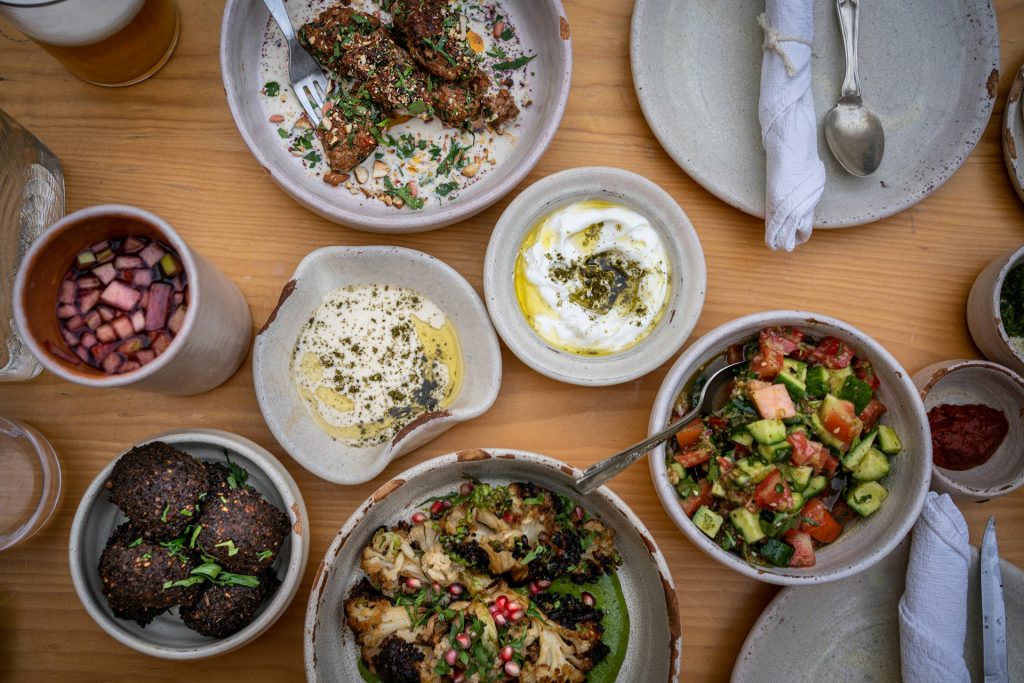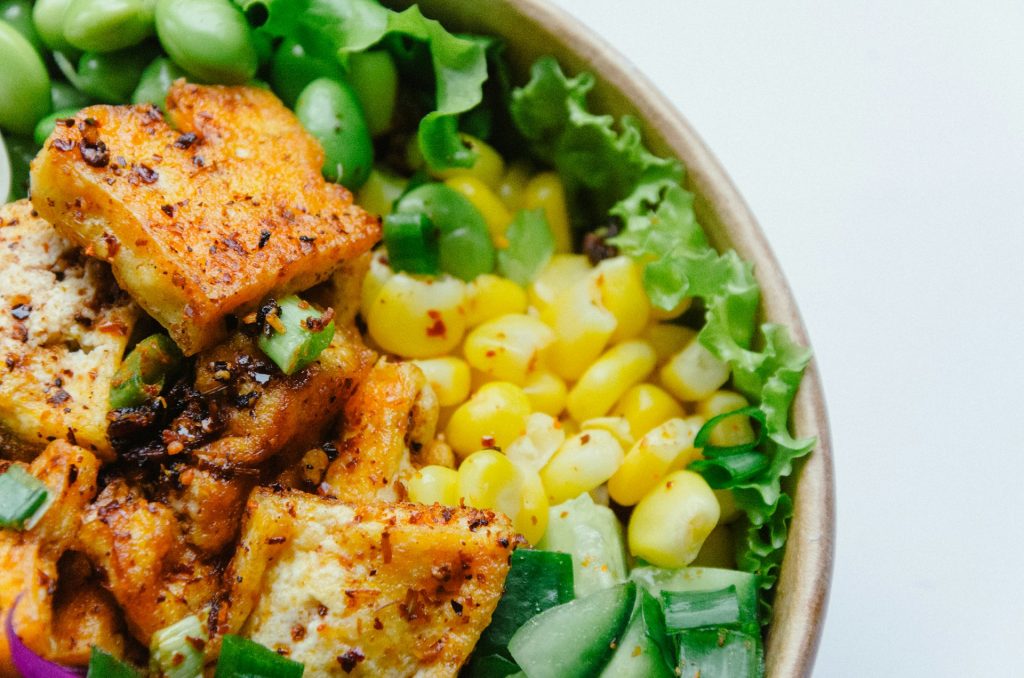Flexitarian diets are becoming increasingly popular, offering a balanced approach to eating that combines the benefits of plant-based meals with the occasional inclusion of meat. This flexible approach is perfect for anyone looking to reduce meat consumption without feeling restricted. Whether you’re motivated by health, environmental concerns, or simply a desire to try new foods, a flexitarian lifestyle is easier to adopt than you might think.

What Is a Flexitarian Diet?
The term “flexitarian” comes from blending “flexible” and “vegetarian.” It’s not about eliminating meat entirely but about making plants the star of your meals. In a flexitarian diet, you prioritize fruits, vegetables, legumes, whole grains, and plant-based proteins, reserving meat for occasional use. This approach is sustainable and accessible, as it allows you to enjoy your favorite dishes while still making mindful food choices.
Why Go Flexitarian?
Health Benefits: A plant-focused diet can lower your risk of heart disease, diabetes, and obesity while improving overall gut health. Environmental Impact: Reducing meat consumption significantly cuts greenhouse gas emissions and conserves resources like water and land. Budget-Friendly: Eating less meat can save you money, as plant-based staples like beans, lentils, and vegetables are often more affordable. Culinary Variety: Exploring new plant-based recipes can add excitement and creativity to your meals.
Tips for Transitioning to a Flexitarian Diet
Start Small. Begin by dedicating one or two days a week to meatless meals. “Meatless Monday” is a great way to get started. Experiment with Plant-Based Proteins. Try ingredients like tofu, tempeh, seitan, or jackfruit as meat substitutes. Lentils, chickpeas, and black beans are also fantastic sources of protein. Redefine Portions. Shift your plate’s focus by making vegetables and grains the main attraction and using meat as a garnish or side. Explore New Recipes. Challenge yourself to try new cuisines that naturally emphasize plant-based ingredients, like Mediterranean, Indian, or Thai dishes. Focus on Flavor. Use herbs, spices, and sauces to enhance the taste of plant-based dishes. Smoky paprika or a tangy tahini dressing can bring richness to your meals.

Flexitarian Meal Ideas
Breakfast: Avocado toast with a sprinkle of hemp seeds or a hearty smoothie bowl with spinach, chia seeds, and fresh fruit. Lunch: A colorful quinoa salad loaded with roasted vegetables, chickpeas, and a lemon-tahini dressing. Dinner: Sweet potato and black bean tacos with guacamole or a vegetable stir-fry with tofu and a savory peanut sauce. Snacks: Roasted chickpeas, trail mix, or veggie sticks with hummus.
Flexitarian Myths Debunked
“You won’t get enough protein.” Plant-based proteins like beans, lentils, nuts, and tofu are nutrient-dense and protein-rich. “It’s too complicated.” Flexibility is the beauty of this diet—you don’t have to follow strict rules or give up meat completely. “Plant-based meals are boring.” The variety of fruits, vegetables, grains, and spices available means your meals can be as exciting as you make them!
Conclusion
The flexitarian diet is not about restriction—it’s about balance, creativity, and making healthier, more sustainable choices. By incorporating more plant-based meals into your diet, you can enjoy delicious food while benefiting your health and the planet.
Ready to embrace the flexitarian lifestyle? Start small, experiment with plant-based recipes, and discover how satisfying eating less meat can be. Share your favorite meatless dishes in the comments below!



